Can You Put Two Speakers On One Channel?
When it comes to setting up an audio system, one common question that arises is whether it is possible to connect two speakers to a single channel. This query is particularly relevant for those looking to enhance their audio experience without investing in additional amplifiers or receivers. The short answer is yes, you can connect two speakers to one channel, but there are several factors to consider to ensure you do it correctly and safely. This article will delve into the technical aspects, potential risks, and best practices for connecting two speakers to one channel.
Understanding Impedance and Its Importance

Before diving into the methods of connecting two speakers to one channel, it is crucial to understand the concept of impedance. Impedance, measured in ohms (Ω), is the resistance that a speaker offers to the current supplied by the amplifier. Most home audio speakers have an impedance rating of 4, 6, or 8 ohms. Amplifiers are designed to work within a specific range of impedance, and deviating from this range can lead to performance issues or even damage the equipment.
When you connect two speakers to one channel, the total impedance seen by the amplifier changes. This change can either be beneficial or detrimental, depending on how the speakers are connected. There are two primary ways to connect speakers: in series and in parallel.
Series Connection
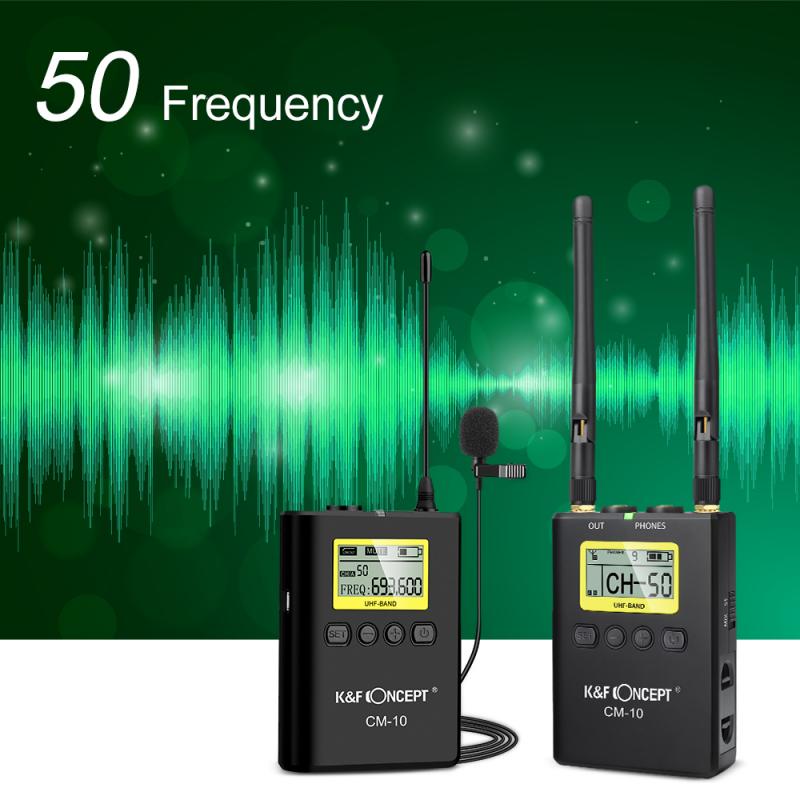
In a series connection, the positive terminal of the amplifier is connected to the positive terminal of the first speaker. The negative terminal of the first speaker is then connected to the positive terminal of the second speaker, and finally, the negative terminal of the second speaker is connected back to the negative terminal of the amplifier.
Impedance Calculation:
The total impedance in a series connection is the sum of the individual impedances. For example, if you have two 8-ohm speakers connected in series, the total impedance will be 16 ohms (8Ω + 8Ω).
Pros:
- The total impedance increases, which is generally safe for the amplifier.
- Reduces the risk of overloading the amplifier.
Cons:
- The power distribution may not be even, leading to a potential imbalance in sound quality.
- The overall volume may be lower because the amplifier has to work harder to drive the higher impedance.
Parallel Connection

In a parallel connection, the positive terminals of both speakers are connected to the positive terminal of the amplifier, and the negative terminals of both speakers are connected to the negative terminal of the amplifier.
Impedance Calculation:
The total impedance in a parallel connection is calculated using the formula:
\[ \frac{1}{Z_{total}} = \frac{1}{Z_1} + \frac{1}{Z_2} \]
For two 8-ohm speakers, the total impedance will be 4 ohms:
\[ \frac{1}{Z_{total}} = \frac{1}{8} + \frac{1}{8} = \frac{2}{8} = \frac{1}{4} \]
So, \( Z_{total} = 4 \) ohms.
Pros:
- The total impedance decreases, which can make the system louder.
- More efficient power distribution, leading to potentially better sound quality.
Cons:
- The lower impedance can strain the amplifier, especially if it is not designed to handle low impedance loads.
- Risk of overheating and damaging the amplifier if the impedance drops too low.
Practical Considerations
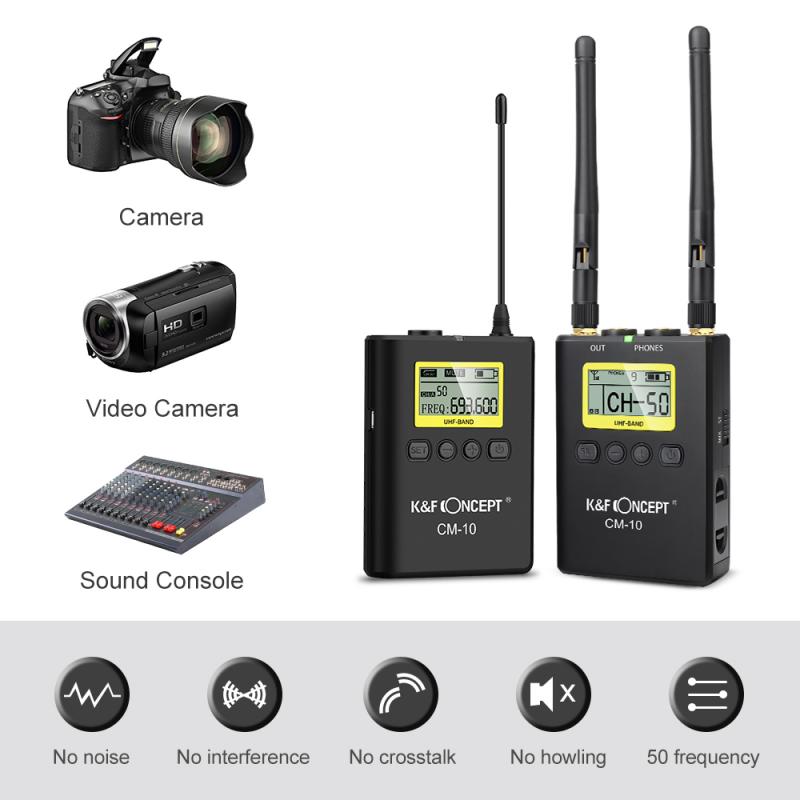
1. Amplifier Specifications:
Always check the amplifier's specifications to determine the minimum and maximum impedance it can handle. Connecting speakers in a way that results in an impedance outside this range can damage the amplifier.
2. Speaker Compatibility:
Ensure that the speakers you are connecting have similar impedance and power ratings. Mismatched speakers can lead to uneven sound quality and potential damage.
3. Wiring Quality:
Use high-quality speaker wires to ensure a good connection and minimize resistance. Poor wiring can degrade sound quality and increase the risk of short circuits.
4. Volume Levels:
Be cautious with volume levels when connecting two speakers to one channel. The amplifier may have to work harder, and excessive volume can lead to distortion or damage.
Step-by-Step Guide to Connecting Two Speakers to One Channel
Series Connection
1. Turn Off the Amplifier:
Always turn off the amplifier before making any connections to avoid short circuits or damage.
2. Connect the First Speaker:
Connect the positive terminal of the amplifier to the positive terminal of the first speaker.
3. Connect the Second Speaker:
Connect the negative terminal of the first speaker to the positive terminal of the second speaker.
4. Complete the Circuit:
Connect the negative terminal of the second speaker back to the negative terminal of the amplifier.
5. Test the System:
Turn on the amplifier and test the system at a low volume to ensure everything is working correctly.
Parallel Connection
1. Turn Off the Amplifier:
As with the series connection, always turn off the amplifier before making any connections.
2. Connect the Positive Terminals:
Connect the positive terminals of both speakers to the positive terminal of the amplifier.
3. Connect the Negative Terminals:
Connect the negative terminals of both speakers to the negative terminal of the amplifier.
4. Test the System:
Turn on the amplifier and test the system at a low volume to ensure everything is working correctly.
Connecting two speakers to one channel is a feasible way to enhance your audio setup, but it requires careful consideration of impedance, amplifier specifications, and wiring quality. Whether you choose a series or parallel connection, understanding the implications of each method will help you make an informed decision and avoid potential pitfalls. Always prioritize safety and sound quality to get the most out of your audio system.

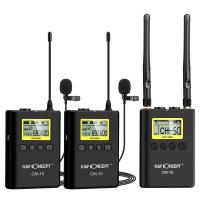










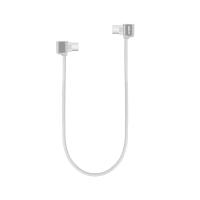




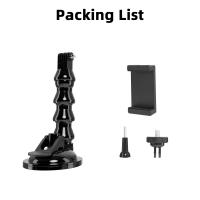

There are no comments for this blog.